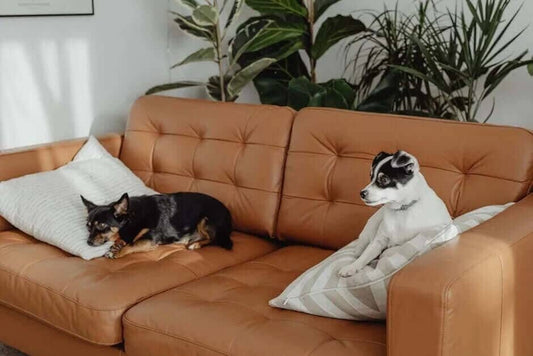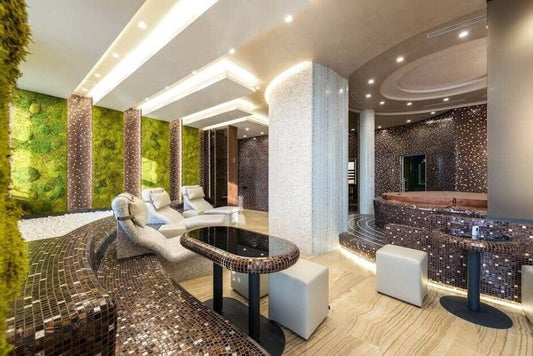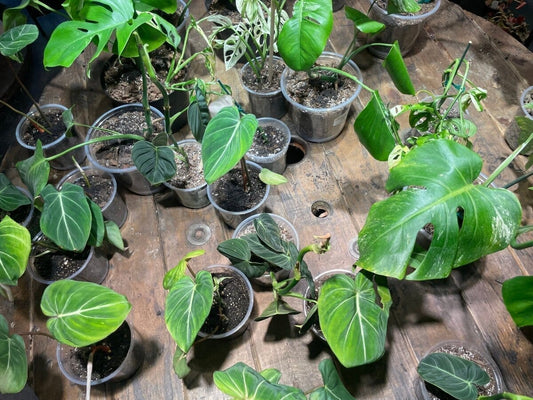Trendy Plant Blog

Choosing the Right Commercial Plants for Your B...
Introduction to the Importance of Commercial Plants Before we dive deep into the heart of how to pick the right plants for your business, let's talk about why this is...
Choosing the Right Commercial Plants for Your B...
Introduction to the Importance of Commercial Plants Before we dive deep into the heart of how to pick the right plants for your business, let's talk about why this is...

Creating a Safe Haven: Nontoxic Plants for Pet ...
Introduction to nontoxic plants for pets Pets and plants can absolutely share your space without danger. It's all about choosing the right green friends. Safe bets include spider plants, Boston...
Creating a Safe Haven: Nontoxic Plants for Pet ...
Introduction to nontoxic plants for pets Pets and plants can absolutely share your space without danger. It's all about choosing the right green friends. Safe bets include spider plants, Boston...

5 Essential Tips from Plant Experts to Thrive i...
Introduction to Interior Plantscaping Interior Plantscaping is all about bringing the serenity and beauty of nature into your indoor spaces. Imagine transforming your home or office with lush greenery, creating...
5 Essential Tips from Plant Experts to Thrive i...
Introduction to Interior Plantscaping Interior Plantscaping is all about bringing the serenity and beauty of nature into your indoor spaces. Imagine transforming your home or office with lush greenery, creating...

The Ultimate Guide to Indoor Plantscaping in De...
Introduction to Indoor Plantscaping in Des Moines Indoor plantscaping in Des Moines is more than just sticking a few pots around your living space. It's an art of strategically placing...
The Ultimate Guide to Indoor Plantscaping in De...
Introduction to Indoor Plantscaping in Des Moines Indoor plantscaping in Des Moines is more than just sticking a few pots around your living space. It's an art of strategically placing...

5 Reasons Why Plant Rentals Can Transform Your ...
Introduction to the Green Trend: Office Plant Rentals Office spaces are evolving, and bringing nature indoors is a trend on the rise. It's not just about a pop of color;...
5 Reasons Why Plant Rentals Can Transform Your ...
Introduction to the Green Trend: Office Plant Rentals Office spaces are evolving, and bringing nature indoors is a trend on the rise. It's not just about a pop of color;...

5 Tips for Effective In-home or Office Plant Ma...
Introduction to the Importance of Plant Maintenance Keeping plants healthy in your home or office isn’t just about adding a splash of green to your decor—think bigger! Effective plant maintenance...
5 Tips for Effective In-home or Office Plant Ma...
Introduction to the Importance of Plant Maintenance Keeping plants healthy in your home or office isn’t just about adding a splash of green to your decor—think bigger! Effective plant maintenance...
